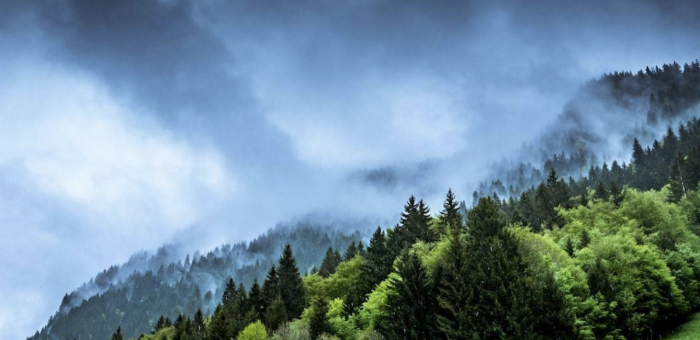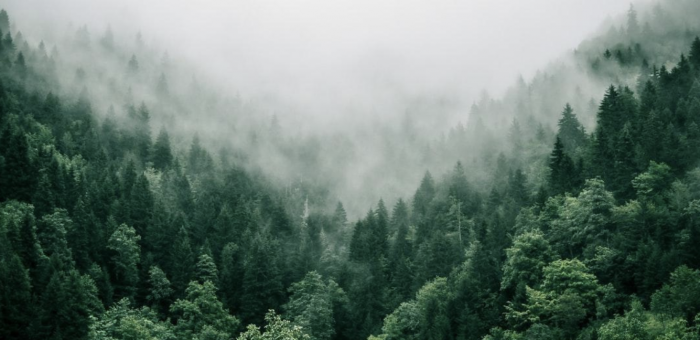As global efforts to minimize fossil fuel emissions continue, green energy alternatives offer a potential long-term solution to the problem. Today, sustainable resources like wind and solar energy are becoming more prevalent as countries worldwide strive to meet net-zero objectives by 2050.
But how does the cost of green energy compare to fossil fuel costs, and what could this mean for the end consumer? To answer this question, it’s important to examine the energy sector in a little more detail.
This article will evaluate the cost of fossil fuels vs. renewable energy, which source of energy provides the most power to Texas, and how solar panels or wind turbines are shaping the energy industry’s future. Read on to learn more.
The Current State of Green Energy vs. Fossil Fuels
In the United States, fossil fuels continue to serve as the primary energy source for most households and businesses. The Energy Information Administration (EIA) estimates that in 2019, fossil fuels accounted for up to 80% of total energy production and consumption in the country. While these figures are starting to trend down with the emergence of renewable energy resources, fossil fuels remain critical to meeting America’s rising electricity demand.
With that said, green energy is beginning to take a more prominent role in the energy industry as new technologies make solar, wind, and other renewable resources more efficient than ever. As of 2021, energy derived from sustainable alternatives comprised just over 12% of all energy consumed in the U.S. The lion’s share of power comes from the many wind farms now found throughout the country.
Cost of Renewable Energy Sources
Breakthroughs in photovoltaic panel and wind turbine manufacturing processes have made the cost of renewable energy sources much less expensive than they were in the past. Today, wind energy carries an average cost of between 0.03 and 0.099 cents per kilowatt-hour. Meanwhile, the cost of electricity acquired from solar panels has fallen sharply in recent years to only 0.16 cents per kilowatt-hour, rapidly approaching the goal of lowering prices further to 0.05 cents or less per kWh by 2030.
Moving forward, the cost of green energy is expected to continue declining as the electricity sector discovers new, innovative approaches to making wind and solar more efficient.
Cost of Fossil Fuels
The overall cost of fossil fuels for electricity generation varies widely by source, geographic location, and energy provider. For electricity derived from resources like coal, oil, or natural gas, consumers can expect to pay between 0.05 to 0.18 cents per kWh. Among all other fossil fuels, crude oil is rapidly becoming the most expensive amid strained supply chains, global shortages, and ongoing conflict in Ukraine.
[ctafirst]
How Much Power Different Sources of Energy Generate in Texas
To keep up with ever-increasing energy demand, Texas has invested heavily in renewable resources like wind to augment electricity generation from fossil fuels. Despite efforts to transition to green energy alternatives, Texas still relies on fossil fuels for over 67% of the state’s energy needs. Here is a breakdown of how much power each energy source generates in the lone star state.
Renewable Electricity
Texas continues to lead the way regarding renewable electricity production in the United States. The state created nearly 10,000 megawatts of renewable energy capacity by the first month of 2022 using resources like solar, biomass, nuclear, and hydroelectric power. Altogether, wind, nuclear, solar, and other sustainable energy sources provide about 36% of the state’s overall electricity.
Solar Power
Currently, Texas is the second biggest producer of solar energy in the United States, producing enough electricity to power over a million homes. However, solar remains a relatively underutilized power source for the state, meeting only 3.75% of the state’s total electricity demand. Thanks mainly to considerable investments in solar panel installations in the state in 2020 and 2021, Texas is on track to lead the nation in projected solar capacity by 2027.
Wind Power
Only a decade ago, wind provided just a tiny fraction of the state’s electricity needs. Today, the many wind turbines across Texas produce more than 21% of the state’s total electricity. With more wind farms slated for installation in the coming years, this percentage will likely continue climbing into 2025 and beyond.
Fossil Fuel Industry
Due to the state’s high population and steady growth, Texas relies heavily on fossil fuels to generate the energy needed to keep up with electricity demand. As of 2019, natural gas and coal remain the state’s leading energy sources, accounting for over 67% of total electricity generation.
Natural Gas
Among all other fossil fuels, natural gas is the most widely used energy source in the United States, accounting for over 38% of total domestic energy production. Because Texas holds nearly a quarter of all the natural gas reserves in America, the Lone Star State derives much of its electricity from this finite resource. It’s estimated that more than 9 million cubic feet of natural gas were processed in Texas throughout 2020 alone.
Oil
Although Texas produces nearly 6 million barrels of crude oil daily, less than one percent of electricity generated in the state comes from petroleum. This is primarily due to the damaging environmental impact of greenhouse gas emissions from petroleum power plants. Some toxins released from petroleum facilities include carcinogens like benzene and other volatile organic compounds.
The Rate of Adoption for Alternative Energy Sources
The shift toward renewable energy sources in the U.S. is rapidly accelerating as traditional fossil fuels are slowly being phased out nationwide. A significant turning point came in 2019 when renewable energy consumption eclipsed coal for the first time since the mid-1800s. Ever since, the adoption of green alternatives like solar, wind, and geothermal have continued climbing steadily, gradually replacing fossil fuels like coal for residential or commercial use.
The Impact Renewable Technologies Have on Energy Industry
As the energy efficiency of renewable technologies continues improving, end consumers can likely expect lower energy prices in the years ahead.
For example, wind turbines and solar panels have become much more affordable to manufacture, making it more cost-effective for energy companies to explore alternative resources for electricity generation. This transition will positively impact the energy industry by incentivizing more sustainable solutions to tomorrow’s electricity needs and ultimately making fossil fuels an expensive, outdated source of power.
More From the Power Wizard Blog
-
Do Solar Panels Increase Home Value?
The United States now has more than 6,000 people who work in the solar power industry and help us enjoy the benefits of this amazing technology. As solar panels become more and more common, some people are wondering, “Do solar panels increase home value estimates?” The truth is that solar panels can provide a long list of […]
View Article -
What Is Net Metering and How Does It Work?
A staggering 1300% increase. That’s how much the number of electric customers engaging in net metering skyrocketed from 2010 to 2020. But what is behind this surge? What exactly is net metering, and how could it potentially change the way you view your electricity consumption? The journey from an ordinary consumer to a potentially profitable one […]
View Article -
The Top Sources of Carbon Emissions in the U.S.
Climate change due to rising global temperature seriously threatens the natural ecosystem. It can result in erratic weather featuring intense drought, heat waves, melting ice caps, warming oceans, and increased storms when left unchecked. As the impact of climate change worsens, the risk of biodiversity loss and human extinction gets bigger. Table of Contents What […]
View Article -
California Solar Tax Credit & Incentives for Residential Rooftop Solar
Are you considering investing in residential solar panels in California? You’re not the only one. Research shows that California was ranked number one out of 50 states in 2022 for solar power generation, with more than 11 million homes powered by the sun. A major reason why solar power is popular statewide is that prices have dropped […]
View Article -
How to clean your solar panels
Click on a section to skip directly to it: Why is it important to clean your solar panels?Solar panel cleaning: a step-by-step breakdownMake sure you’re saving the most on your monthly energy bill Have you considered installing a renewable energy source at your home? Power Wizard recommends trying solar energy, which accounts for 3% of […]
View Article -
What Are Forest Carbon Offsets?
Table of Contents How Do Forest Carbon Offsets Work? Forest Carbon Offset Project Types Forest Carbon Offsets: Trends And Market Prices Lower Your Carbon Footprint With a Forest Carbon Offset Program In an aim to mitigate the effects of greenhouse gas emissions on the environment, forest carbon offsets have become a popular program for organizations […]
View Article -
How to Reduce Your Carbon Emissions
Click on a section to skip directly to it: Why is it necessary to lower carbon emissions?Steps to take to minimize your carbon emissionsReduce your carbon emissions with carbon offsets Carbon emissions refer to the measure of the impact of human activities on global warming and climate change. Every person on the planet contributes, directly […]
View Article -
Solar Energy Credits: Everything You Need to Know
Solar panels are a great way to save money. They are energy efficient and reduce the impact of electricity production on the environment. You can get them installed on the roof of your house to reduce your reliance on the electric grid. Once installed, solar panels help passively produce energy from the sunlight — as […]
View Article













